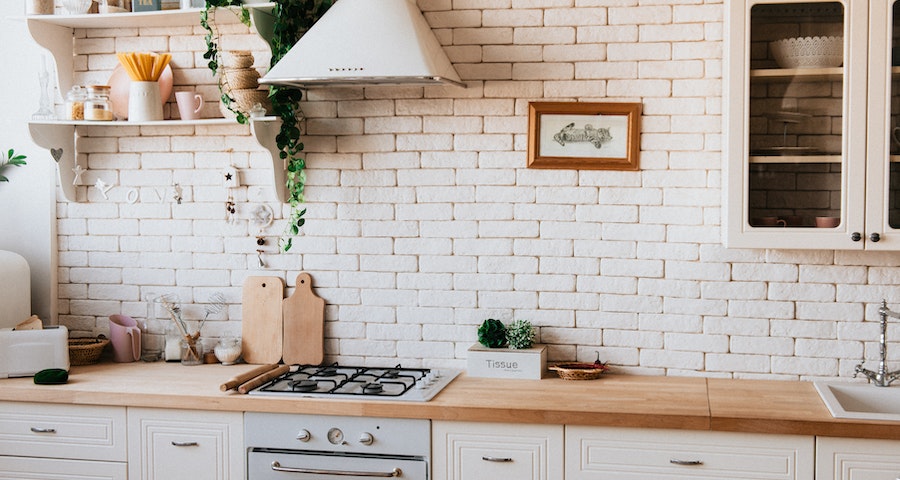
The kitchen is one of the most important places in your home. It’s where you cook, dine, and entertain. That’s why the color scheme of your kitchen is incredibly important. It sets the tone and mood for the entire room and can even affect how you feel about cooking and spending time there. When it comes to choosing colors for your kitchen, you have two options: contrasting or matching with your interior. In this blog post, we’ll take a look at both approaches and help you decide which will work best for your space.
Matching colors is the most conventional way of coordinating your kitchen with your interior. It involves selecting colors that blend well with the colors in your overall interior design scheme. For instance, if your living room dominates deep blue tones, you could paint your kitchen walls with a lighter shade of blue. Often, this approach creates a visual flow between rooms that will create a sense of continuity throughout your home. To achieve a cohesive look, you should match the textures and patterns as well.
Alternatively, contrasting colors will make your kitchen stand out as a unique space. Since the kitchen is typically set apart from the rest of the house by walls and a door, this approach will help create a sense of separateness, which in turn, enhances an impactful design statement. To make your kitchen the center of attention, choose a different color scheme from the adjacent areas and make the kitchen colors pop in an extravagant way. For instance, painting your kitchen walls with bold and bright colors will be an excellent choice if you have neutral shades in your house. Contrasting colors add depth and dimension to space and will utterly modernize an uninspiring room.
The colors you select for your kitchen should rely on the amount of natural light that the room gets. If your kitchen is small and does not get enough light, it’s always advisable to use light, warm colors since these will help create an illusion of a bigger space. On the other hand, if your kitchen is spacious with a lot of natural lighting, you can go for any color that you like, including bold and dark colors.
The color of your kitchen should complement the colors in your interior while still making a statement of its own. If you incorporate one or two matching features, such as your kitchen decor, flooring, and lighting, the difference will feel harmonious. A significant part of kitchen designing is choosing appropriate lighting to not only functionally illuminate your kitchen, but also enhance the colors on display. Warm, white lighting is the perfect shade to match with neutral or white-colored kitchens to inject a warm glow into the room’s decor. At the same time, brighter shades of lighting can offer an exciting contrast for a more modern style.
Conclusion
In conclusion, choosing the right color scheme for your kitchen can be challenging. Hopefully, by reading through this article, you now have a better understanding of contrasting vs. matching colors. As with all home design decisions, you’ll need to experiment before you find the perfect combination of colors that you want for your kitchen, but these tips should be a great starting point. Remember, what’s most important is that your kitchen feels comfortable and inviting to you and all of your guests. So take your time, consider all the factors, and choose the colors that you love.
